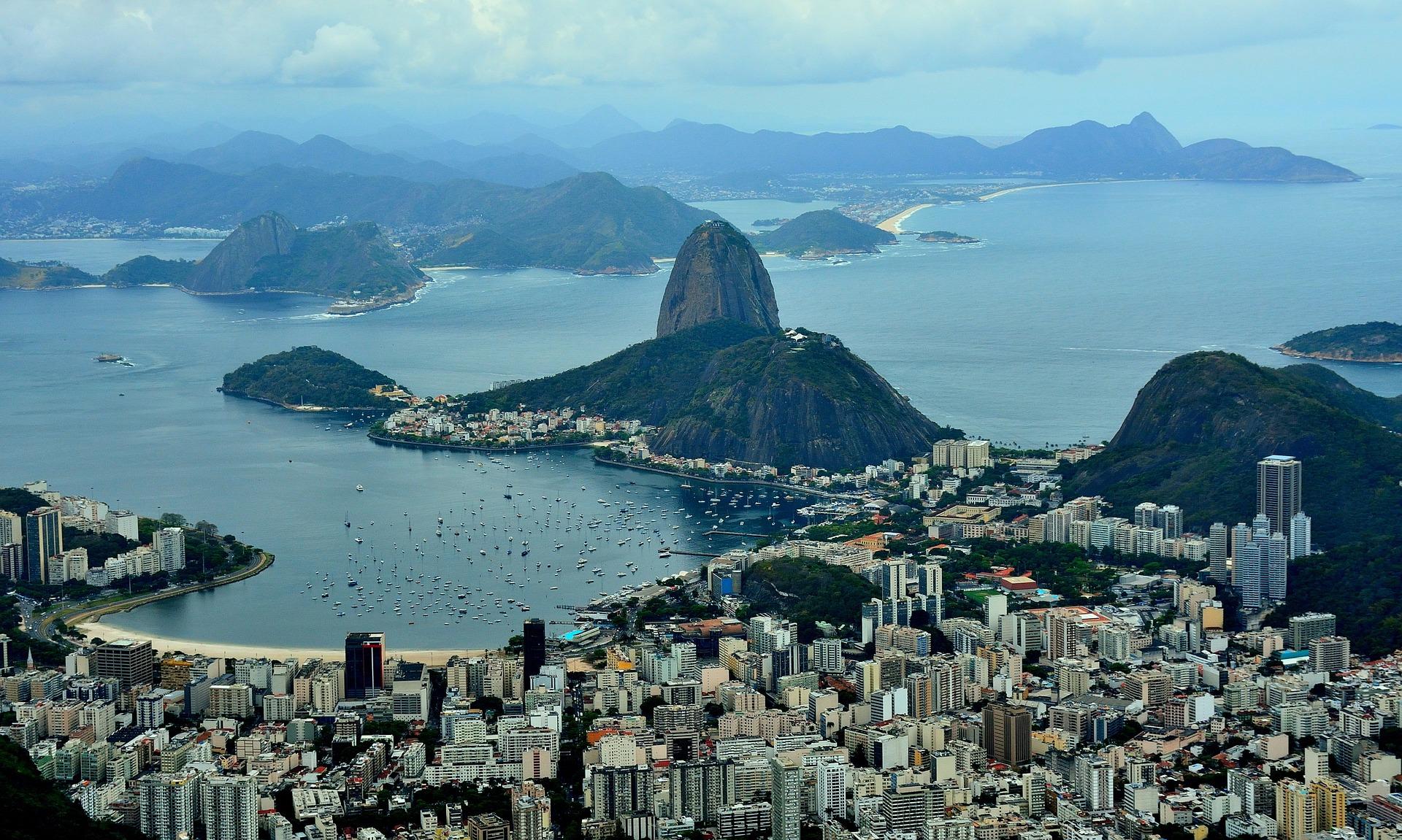Interview: WTTC's Maribel Rodriguez on the infrastructure challenges holding back the LATAM aviation powerhouse

 Maribel Rodriguez is regional director, Southern Europe and Latin America, at the World Travel and Tourism Council.
Maribel Rodriguez is regional director, Southern Europe and Latin America, at the World Travel and Tourism Council.
She will be taking part in the State of the Americas region panel session at Routes Americas 2018 alongside other pivotal figures in the region's aviation industry.
Q: How critical is a strong aviation and tourism sector to economic prosperity in LATAM?
Having well-developed air connectivity is essential to boost the Travel & Tourism sector in Latin America in terms of the number of arrivals, job creation, and international spending.
Thriving tourism in Latin America would naturally lead to an increase in the economic prosperity, as the Travel & Tourism GDP accounts for 9 percent of the Latin America total GDP (US$328.2bn).
The industry is forecast to expand by an average of 3.5 percent per year to US$473bn (9.4 percent of GDP) in 2027.
The employment within Travel & Tourism, including jobs indirectly supported by the industry, was 7.8 percent of the total employment (16 million jobs) and is expected to rise by 2.3 percent per year to 20.8 million in 2027 (8.7 percent of total).
Latin American governments should address critical infrastructure deficiencies and apply smarter regulation principles to maximise the benefits the aviation generates. According to IATA, passenger growth in Latin America is expected to double by 2034, and the air transport industry’s contribution to regional GDP could jump from US$140bn to US$322bn.
Despite the lower airfares, rising incomes, and demographic growth, there are still issues challenging the sector in Latin America. In Argentina, for instance, an outdated air traffic management system in Buenos Aires and the surrounding area is jeopardising the competitiveness of the aviation industry in the region and causing delays for airlines and longer flight times for passengers.
Meanwhile, in Brazil, a fuel policy that increases costs for airlines by US$600m per year and legislation that punishes airlines for delays and cancellations even when they are not the fault of the air carrier are preventing the sector from growing.
This year, Buenos Aires will host the WTTC Global Summit in 18-19 April, gathering the top world leaders in the Travel & Tourism industry. Buenos Aires is also hosting the T20 Summit, which brings together the ministers of tourism of the G20 countries. Therefore, we can expect great discussions in the public and private sectors to promote tourism globally. It is a great year for tourism, as the industry is booming worldwide in arrival numbers, visa facilitation agreements, and technology developments to promote the easy of travel.
Q: What do you believe the biggest other challenges facing the LATAM aviation market are?
The poor airport infrastructure in Latin America is definitely a bottle-neck for the region’s aviation market development. The delay in implementing aviation liberalisation policies in key countries like Brazil also affects the Latin America aviation market.
Argentina and Brazil are big players in the Travel & Tourism sector in Latin America and their economic performance are crucial to boost arrivals in the continent. If we single out Buenos Aires and Rio de Janeiro, two major tourism destinations in Latin America, we will notice that the biggest source market for Buenos Aires is Brazil (21 percent), and the biggest source market for Rio de Janeiro is Argentina (27 percent). Therefore, the tourism industry in both countries are sensitive to currency policy changes, subsidised air fares, industry protectionism practices, just to name a few elements.
Q: What impact do you expect the rise of long haul low cost to have on the region?
New long haul low cost airlines entering the Latin American market will lead to a fiercer competition among the carriers and the consequential decline in the airfares. The airlines that have a consolidate stake of the market will have to adjust their airfare if they want to remain competitive. For the tourism sector, more long-haul airlines mean more connectivity, a rise on the number of arrivals, jobs and revenue.
Q: What other trends do you expect to see emerging in 2018?
Artificial intelligence and machine learning, virtual reality, biometrics, and demographic changes are major trends emerging this year. The use of artificial intelligence to help social media customer service agents with automatic replies to common questions, artificial intelligence applied to airport flows management, real time predictive pricing and predictive aircraft maintenance are good examples to highlight.
Virtual reality is also on the rise. The use of applications in marketing to enhance tourists’ experience, moving beyond sound and vision to other sensory experiences, including smell and touch, is another good example.
The implementation of biometric technology to facilitate secure borders represents a major opportunity this year. At the end of 2017 the UN Security Council passed resolution 2396, which requires countries to collect biometric data as part of terrorism prevention. Biometric technology has been evolving over many years and we have seen gradual implementation across the sector for some time. According to Deloitte, biometrics is the top technology trend this year.
Demographic changes are also emerging as a major trend in Travel & Tourism. By 2025, millennials (born in the 80s and 90s) will make up 70 percent of workforce, and generation Z (born in 1998 and after) currently makes up 27 percent of the global population and could surpass the millennials in size this year.
Q: Are there any other issues you would like to discuss?
We have just finished the UNWTO Year of Sustainable Tourism for Development and it is crucial that the legacy of the discussion, development, and implementation of sustainable practices remains in the agenda.
We will be continuously working with governments and international organisations to improve the sector’s preparedness when it comes to crises and defining protocols for how Travel & Tourism can be better integrated into planning for terrorism, pandemic, and disaster management.
